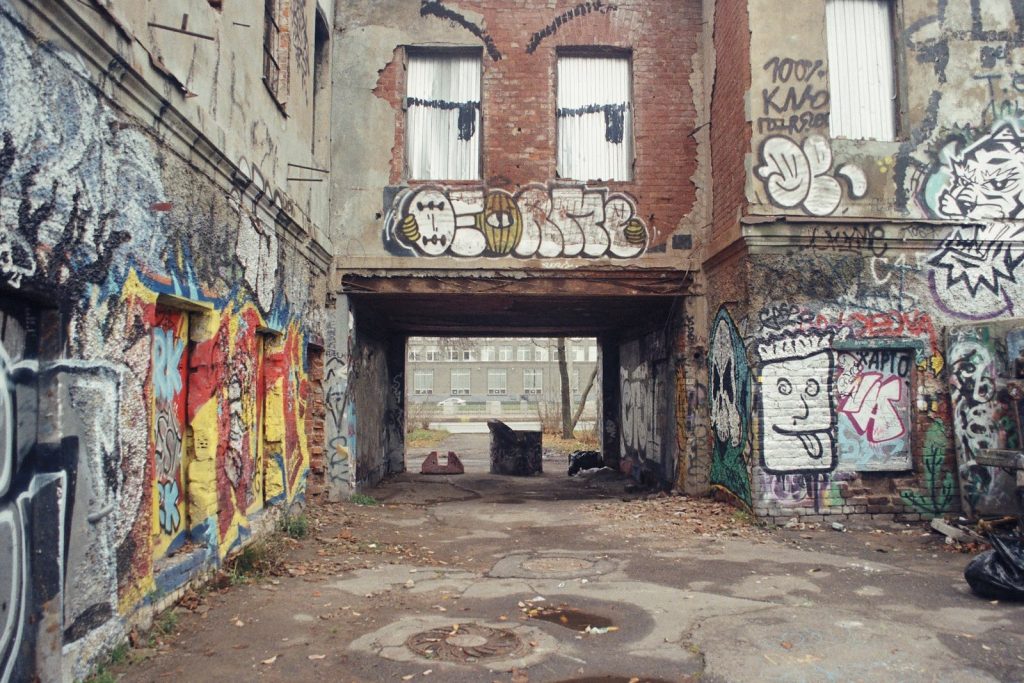Pavement painting is an important part of maintaining the safety and aesthetics of roads and parking lots. Whether it’s marking lanes, crosswalks, or parking spaces, pavement painting helps direct traffic flow and provides visual cues to drivers and pedestrians. In this article, we will discuss the importance of pavement painting and how it enhances safety and aesthetics.
Firstly, pavement painting provides clear and visible markings for drivers to follow. These markings guide drivers to stay within their lanes, avoid collisions, and reach their destination safely. Markings like arrows, turn lanes, and crosswalks help drivers navigate through complex intersections and ensure efficient use of space. Additionally, pavement painting helps create designated areas for different uses, such as bike lanes and pedestrian crossings, ensuring that everyone using the road or parking lot can do so safely and efficiently.
Furthermore, pavement painting plays a vital role in maintaining the overall appearance of roads and parking lots. Faded or worn-out markings can make roads and parking lots look neglected and uninviting, potentially driving away visitors or customers. On the other hand, clear and vibrant markings create a positive first impression and demonstrate a commitment to safety and professionalism.
Regular pavement painting also helps ensure compliance with local regulations and requirements. Many jurisdictions have specific requirements for roads and parking lots, such as the width and placement of bike lanes and the location of pedestrian crossings. Proper pavement painting can help ensure that these surfaces meet these requirements, avoiding costly penalties or lawsuits.
Apart from safety, appearance, and compliance, pavement painting can also help improve traffic flow and reduce congestion. Properly painted lanes and signs can help drivers navigate through complex intersections and road systems more efficiently, reducing the likelihood of accidents and delays.
In addition to traditional pavement painting, there are also specialized painting options available for specific needs. For example, reflective painting can help improve visibility in low-light conditions, while slip-resistant painting can provide a safer solution for high-traffic areas.
It is important to note that pavement painting requires proper preparation and execution to ensure long-lasting results. Before painting, the surface must be cleaned and free of debris and dust. The paint must also be of high quality to withstand the wear and tear of traffic and weather conditions. Hiring a professional pavement painting contractor can ensure that the job is done correctly and efficiently.
In conclusion, pavement painting is a critical aspect of maintaining safe and aesthetically pleasing roads and parking lots. It provides clear and visible markings for drivers to follow, creates designated areas for different uses, helps maintain the overall appearance of roads and parking lots, ensures regulatory compliance, and improves traffic flow. Neglecting pavement painting can lead to confusion, frustration, and safety hazards for everyone involved. Therefore, it is important to ensure that roads and parking lots are painted regularly and that any faded or worn-out markings are promptly repainted. By doing so, we can create a safe, organized, and welcoming environment for everyone using the road or parking lot.



